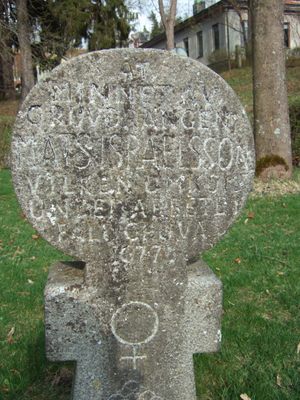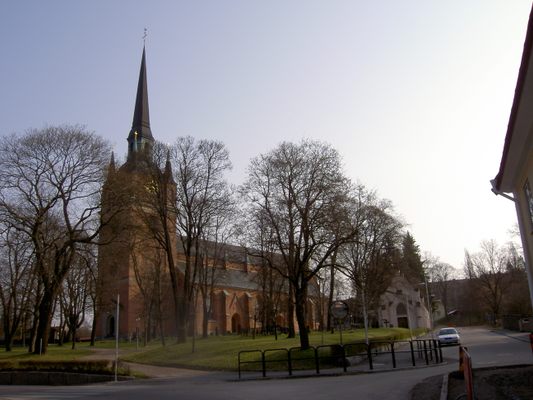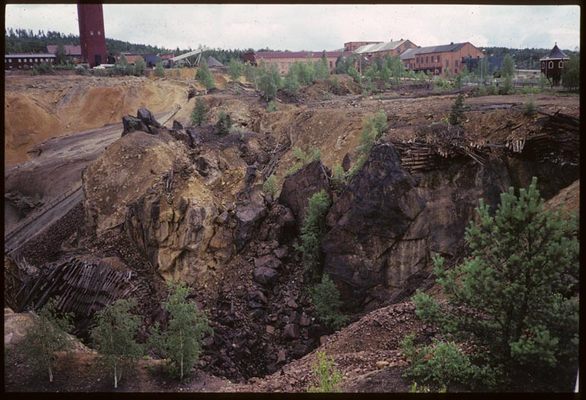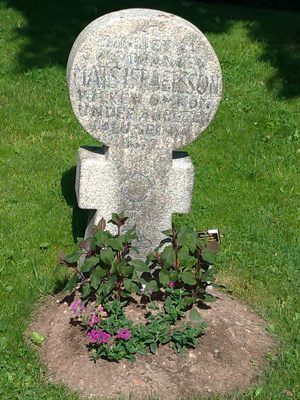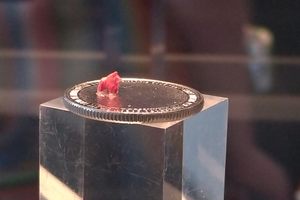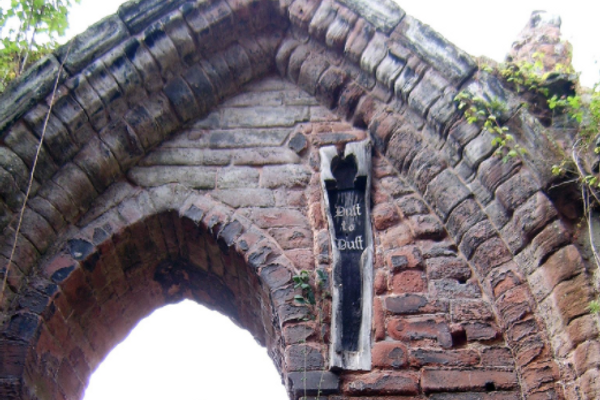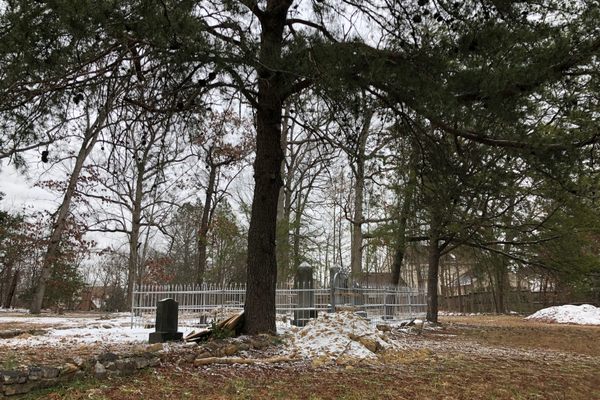About
Falun, a small city in central Sweden, is home to Falu Gruva, a historic copper mine once known as “the treasure chest of Sweden.” While the mine's history stretches right back to the Viking period, one notable event in the early 18th century is perhaps the most intriguing story it has dug up.
In 1719, the remains of a young man named Mats “Fet-Mats” Israelsson were found preserved in the mine. In this year, during a dip in production, miners decided to resume work in a number of shafts that had been abandoned years before. Almost 500 feet down, they discovered the body of a man in his twenties in a water-filled tunnel. Judging by the condition of the corpse, they assumed the man had not been there for long and brought his body to the surface to be identified.
Strangely, no one recognized the man and news of the mysterious corpse spread throughout the town. The body remained unidentified until an old woman passing by saw his face and claimed in shock that he was her fiancé—who had disappeared over 40 years before.
It was thought that Mats Israelsson, known as Fet-Mats (which translates to “Fat Mats”), had deserted his fiancé in the spring of 1677. To this day, no one knows why he went down the mine shaft alone or how he met his untimely death. Yet, 42 years later, his body was so well preserved that the snuff in his pocket was still fresh. Rather than burying the corpse, Fet-Mats was put on public display.
When naturalist Carl Linnaeus visited the corpse, he noted that the body was not petrified, but rather preserved by a layer of vitriol. He speculated that once the vitriol wore away the body would decompose. Sure enough, the corpse hardened and began to smell, and after 30 years on display Fet-Mats was buried under the floor of the 15th-century Stora Kopparberg Church, the oldest building in Falun.
Unfortunately, he was not at rest for long. In 1816, almost 100 years after his discovery, the remains were moved to the cemetery. In 1862, however, Fet-Mats was uprooted again and transferred to a wooden box that wound up being stored in the attic of the church.
Fet-Mats was forgotten about until 1900, when the box holding his remains was rediscovered during church renovations. It was put back on display inside the church until locals began to feel guilty for the restless afterlife the man had endured. In 1930 the remains were finally buried in the consecrated grounds of the churchyard, where the grave of Fet-Mats can be found today, more than 300 years after his death.
Related Tags
Community Contributors
Added By
Published
July 26, 2017
